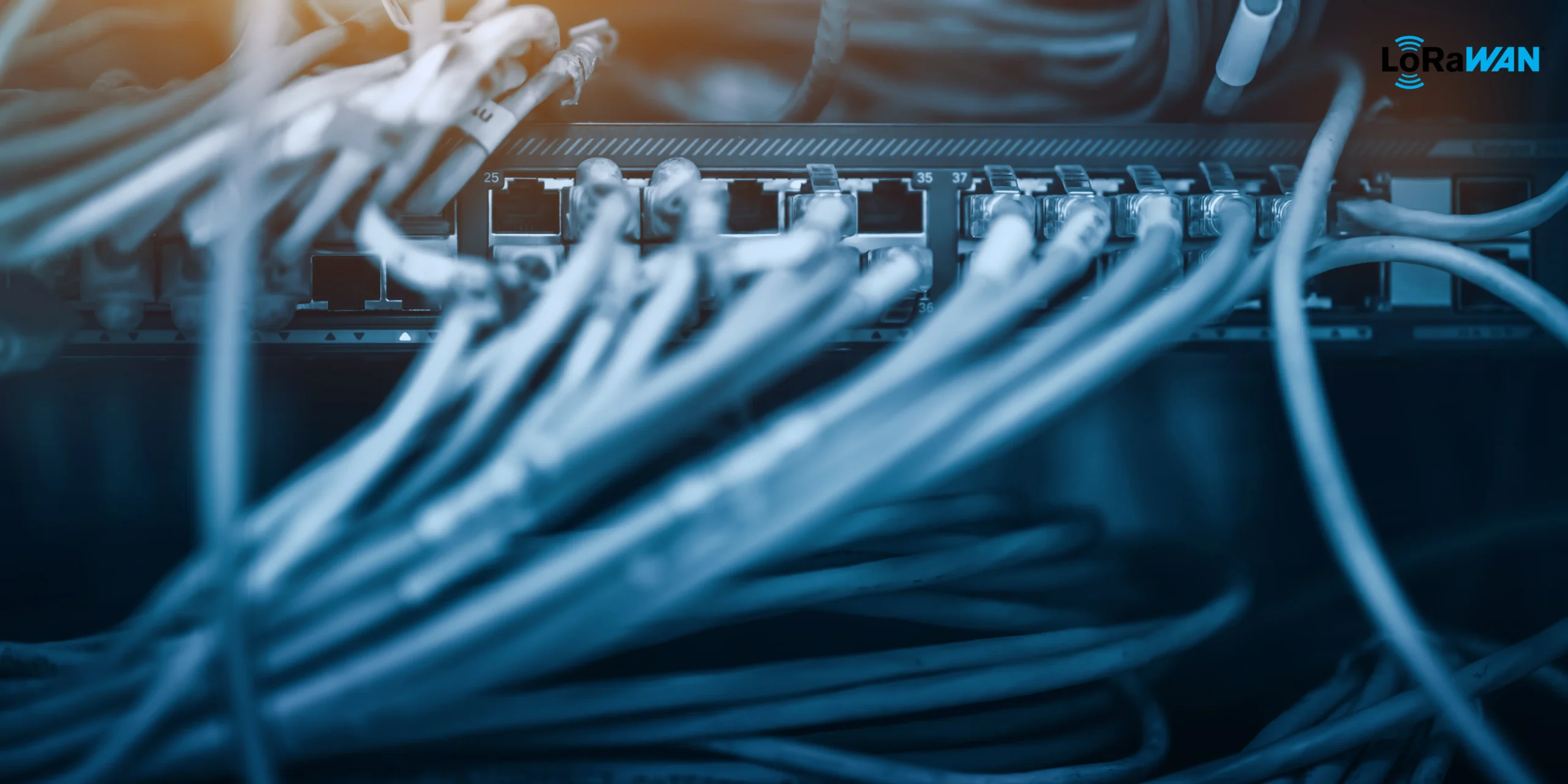The term “gateway” might sound technical, but think of it as the bridge that connects devices communicating through LoRaWAN (Long Range Wide Area Network) to the internet or a central server. Gateways play a vital role in LoRaWAN, ensuring that data collected by end devices, like sensors, is transmitted to where it can be processed and used.
This article will break down the concept of a LoRaWAN gateway, explore its components, how it works, and its significance in IoT (Internet of Things).
Understanding LoRa and LoRaWAN
Before diving into gateways, let’s briefly understand LoRa and LoRaWAN.
- LoRa (Long Range): LoRa is a wireless communication technology optimized for long distances and low power consumption. It’s used by devices like temperature sensors, smart meters, and tracking systems.
- LoRaWAN (LoRa Wide Area Network): LoRaWAN is a protocol built on LoRa technology, enabling communication between end devices (e.g., sensors) and applications over the internet through gateways.
LoRa devices talk to gateways, and gateways pass on their messages to servers. Without gateways, there’d be no effective communication.
What Is a Gateway in LoRaWAN?
A LoRaWAN gateway is a physical device that acts as a mediator. It receives data from LoRa end devices and forwards it to a LoRaWAN network server using standard internet protocols like Ethernet, Wi-Fi, or cellular connectivity.
Think of gateways as translators, converting data from LoRa (radio signals) into a format servers can understand. They ensure that data reaches its destination securely and accurately.
Components of a LoRaWAN Gateway
1. Radio Module
- The heart of a gateway. It listens for signals from LoRa devices in the area.
- Equipped with antennas to enhance range and signal quality.
2. Processor
- Manages the conversion of LoRa signals into internet-compatible data packets.
3. Backhaul Connectivity
- Provides internet connectivity via Ethernet, cellular, or Wi-Fi.
4. Power Supply
- Gateways may be battery-powered, solar-powered, or connected to the mains.
5. Enclosure
- Designed to protect the internal components, especially for outdoor gateways, which need to withstand harsh weather conditions.
How Do Gateways Work?
Gateways operate in two simple steps:
1. Listening to Devices:
LoRa devices broadcast their data to all nearby gateways within range. This is like shouting in a room full of listeners.
2. Forwarding Data:
The gateway picks up the data, filters duplicates, and sends it to the network server using internet protocols.
The network server then processes the data and makes it available for applications, like dashboards or alerts.
Types of LoRaWAN Gateways
1. Indoor Gateways
- Compact and used for small-scale deployments, like smart homes or offices.
- Examples: Monitoring temperature or energy usage indoors.
2. Outdoor Gateways
- Rugged and weather-resistant, ideal for industrial or urban deployments.
- Examples: Tracking agricultural conditions or managing citywide smart lighting.
3. Multi-Channel Gateways
- Can handle multiple data streams simultaneously, suitable for larger networks.
4. Single-Channel Gateways
- Budget-friendly but limited to one channel, typically used for testing.
Why Are Gateways Essential in LoRaWAN?
1. Data Transmission:
Gateways ensure devices’ data is forwarded to servers without interruption.
2. Range Extension:
With their high sensitivity, gateways can cover kilometers, enabling long-range communication.
3. Network Scalability:
Adding more gateways can expand the network and accommodate more devices.
4. Data Security:
Gateways use encryption protocols to protect data during transmission.
How Many Devices Can a Gateway Support?
This depends on the gateway’s specifications and network conditions. Generally:
- A single-channel gateway may handle a handful of devices.
- A multi-channel gateway can support thousands of devices simultaneously.
Factors like network traffic, device activity, and interference can affect capacity.
Setting Up a LoRaWAN Gateway
1. Select a Suitable Location
- For outdoor gateways, choose an elevated spot free of obstructions.
2. Connect Power and Internet
- Ensure a reliable power supply and internet backhaul.
3. Install and Configure Software
- Use a LoRaWAN Network Server (LNS) to configure and manage the gateway.
4. Test the Network
- Verify connectivity with a few test devices to ensure smooth operation.
Comparing LoRaWAN Gateways to Wi-Fi Access Points
| Feature | LoRaWAN Gateway | Wi-Fi Access Point |
| Range | 10-15 km in rural areas | 30-50 meters indoors |
| Power Usage | Low | High |
| Device Capacity | Thousands of devices | Limited |
| Cost | Moderate | Relatively High |
| Primary Use | IoT communication | Internet access |
LoRaWAN Gateway Providers
Some of the top providers include:
Challenges of LoRaWAN Gateways
1. Signal Interference:
Physical barriers or competing signals can impact performance.
2. Cost of Deployment:
High-quality gateways can be expensive for large-scale networks.
3. Power Constraints:
Remote deployments may require solar or battery solutions.
LoRaWAN Gateways: The Backbone of LoRaWAN
LoRaWAN gateways are the unsung heroes of IoT networks, providing the critical link between devices and the cloud. From enhancing connectivity to scaling networks, gateways are indispensable.
Whether you’re deploying a small network for smart farming or a city-wide solution for smart infrastructure, investing in the right gateway is key to success.
